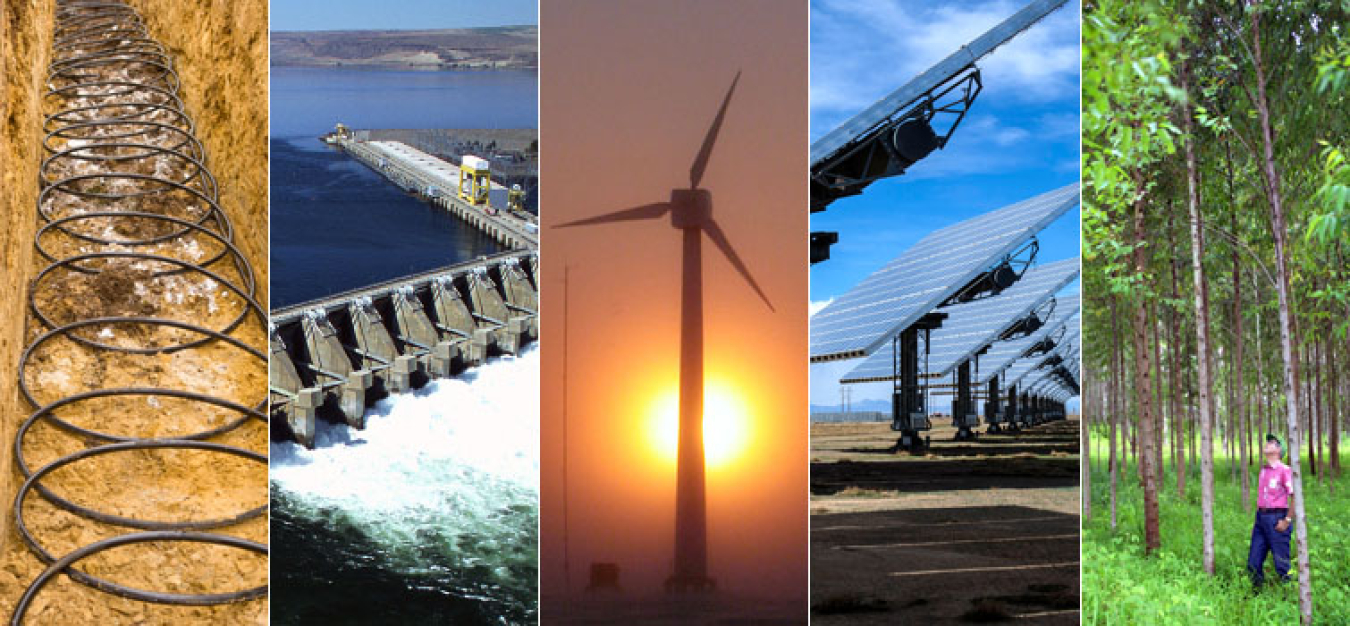Note: This article may contain affiliate links, which means if you make a purchase following our links won’t cost you extra, but we may earn a commission. Learn more
How is Biomass Energy Different from Wind Energy? Biomass energy is derived from organic matter, such as plants and animals, while wind energy comes from the kinetic energy of moving air. The main difference between the two forms of renewable energy is how they are converted into usable electricity.
Both have their pros and cons, but biomass may be a more efficient option in some cases.
biomass energy is created from organic matter, such as plants and animal waste. Wind energy is created by the wind passing through turbines, which then generate electricity.
What is the Difference between Biomass And Biomass Energy?
Biomass and biomass energy are two terms that are often used interchangeably, but there is a big difference between the two. Here we will take a closer look at the definition of each term and the key differences between them.Biomass is defined as any organic matter that can be used as fuel.
This includes wood, agricultural waste, and even some types of municipal solid waste. The main characteristic of biomass is that it is renewable – meaning it can regrow or replenish itself over time.Biomass energy, on the other hand, refers to the use of biomass to generate electricity or power.
This can be done through direct combustion, anaerobic digestion, or gasification. Biomass energy is also renewable since it comes from a sustainable source (biomass).

What is the Difference between Biomass And Natural Gas?
There are a few key differences between biomass and natural gas. Biomass is a renewable energy source, while natural gas is a fossil fuel. Biomass can be used to produce electricity, heat, or transportation fuels, while natural gas is primarily used for heating and cooking.
Biomass resources include wood, waste, and agricultural products, while natural gas reserves come from underground deposits of methane. Natural gas is a cleaner burning fuel than coal or oil, but it still emits carbon dioxide when burned. Biomass emissions vary depending on the type of biomass being burned and the efficiency of the system but generally have lower emissions than natural gas combustion.
Is Biomass Cheaper Than Wind?
No, biomass is not cheaper than wind. In fact, according to the latest data from the US Energy Information Administration, the wind is now cheaper than both coal and natural gas on a Levelized cost of energy basis. Levelized cost of energy (LCOE) is a measure of a power source’s average total cost of generating electricity over its lifetime.
What is Biomass Energy And Its Different Types?
Biomass is organic matter that can be used as fuel. It is often plant-based, but it can also come from animals or other organic materials. There are several different types of biomass energy, each with its own advantages and disadvantages.
The most common type of biomass energy is wood. Wood has been used as a fuel for centuries, and it is still the largest source of biomass energy in the world today. Wood is relatively easy to burn and can be used to generate electricity or heat homes and businesses.
However, wood burning produces emissions that can contribute to air pollution, so it is not always the most environmentally friendly option. Another type of biomass energy is biogas. Biogas is created when organic matter decomposes in an oxygen-free environment.
This process produces methane gas, which can be captured and burned for energy. Biogas can be used to generate electricity or power vehicles, making it a versatile form of renewable energy. However, biogas plants can produce odors that some people find unpleasant.
There is biofuel. Biofuel is made from crops like corn or soybeans that have been specifically grown for this purpose. Unlike wood or biogas, biofuel cannot be used directly – it must first be processed into a liquid or gaseous form before it can be burned for energy.

How is Biomass Energy Different from Wind Energy Brainly?
Wind energy and biomass energy are both renewable sources of energy that can be used to generate electricity. However, there are some key differences between these two types of energy.Wind energy is generated by the wind passing through turbines.
The kinetic energy of the wind turns the blades of the turbine, which in turn drives a generator that produces electricity. Biomass energy, on the other hand, comes from organic matter such as plants and trees. This organic matter can be burned to produce heat, which can then be used to generate electricity.
Another key difference between wind and biomass energy is that wind energy is a constant source of power, while biomass needs to be replenished regularly. This means that biomass power plants need to have a reliable source of organic matter, such as wood pellets or crop waste.
Is Biomass Energy Renewable?
According to the U.S. Environmental Protection Agency, biomass is renewable because it comes from plants and animals that are continuously replenished. Biomass energy can be used to generate electricity, heat, or transportation fuels. The use of biomass for energy has a long history.
People have been burning wood for warmth and cooking for thousands of years. More recently, other forms of biomass such as agricultural waste and landfill gas have been used to produce electricity and heat. And with advances in technology, new opportunities for using biomass are emerging, such as using algae to create biofuels.
While biomass is a renewable resource, it’s important to remember that not all forms of biomass are equal in terms of their environmental impact. For example, burning wood releases carbon dioxide into the atmosphere – just like burning fossil fuels – so it’s not a completely carbon-neutral option. And if forests are cleared to make way for crops grown specifically for bioenergy production, that can also have negative impacts on the environment.
So while biomass energy is renewable, it’s important to consider the whole picture when assessing its environmental impacts.
Conclusion
The post discusses how biomass energy is different from wind energy. Biomass energy comes from organic matter, such as plants and animals, while wind energy comes from the wind. Biomass can be used to generate electricity or to power vehicles, while the wind is used to generate electricity. Biomass is a renewable resource, while wind is not.
